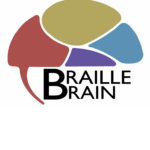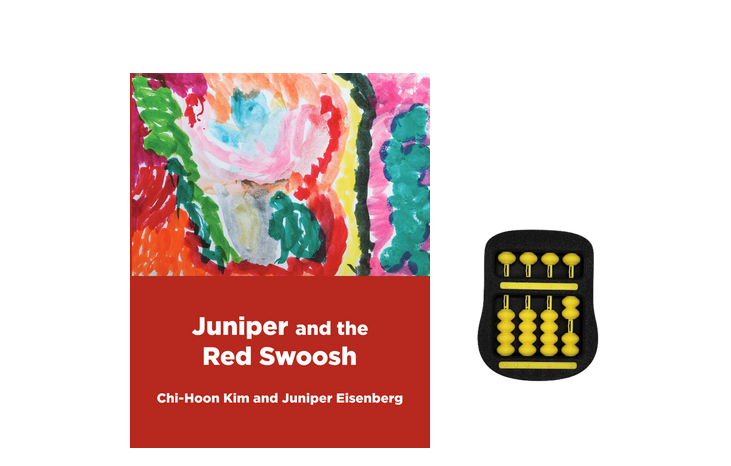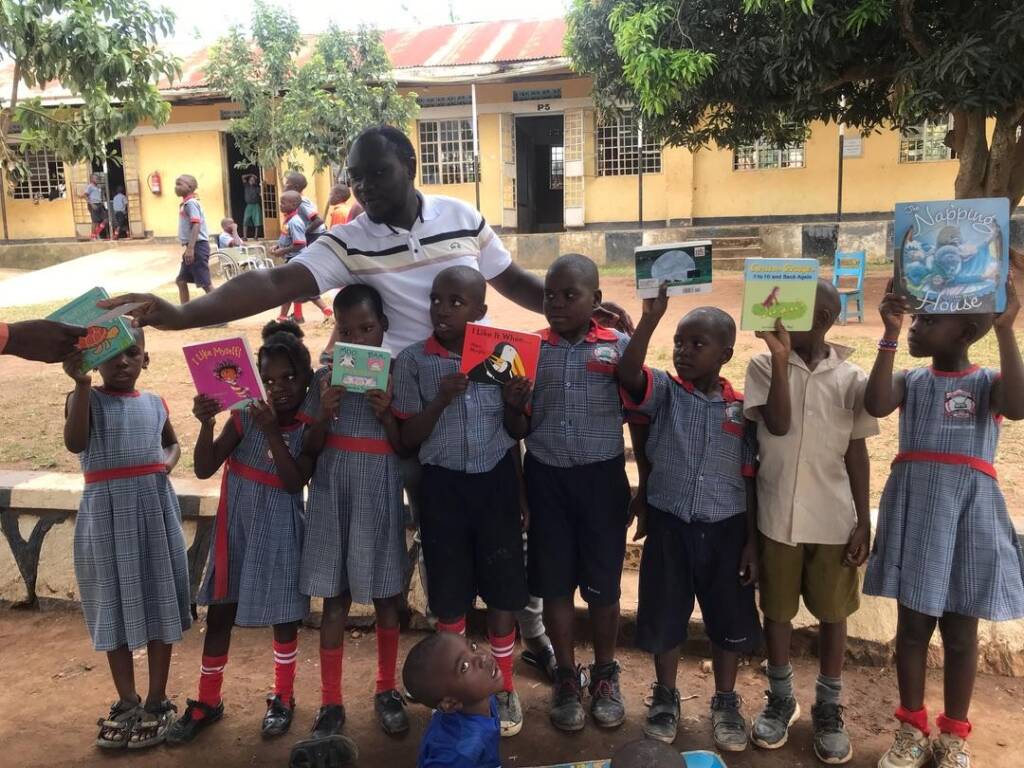Many K-12 schools across the United States are implementing the Common Core State Standards (CCSS) College and Career Readiness Anchor Standards (CCR). Although research is limited on the performance of students who read braille and the CCR Anchor Standards, there is much that we do know about students who read braille and their performance in meeting the expectations of each of the CCR Anchor Standards.
CCR Anchor Standard: Craft and Structure
The CCR Anchor Standard Craft and Structure refers to sentence structure and language in a text. This CCR Anchor Standard requires students to examine how words are used in a text to convey meaning, to attend to the structure of the text, and to understand point of view or authors’ purpose (Calkins, Ehrenworth, & Lehman, 2012; Haager & Vaughn, 2013; McLaughlin & Overturf, 2013). For example, students are expected to be able to determine the point of view from which a text is written and by the time they complete high school they are expected to be able to analyze point of view (McLaughlin & Overturf, 2012).
The table below provides a detailed look at the CCSS CCR Anchor Standard Craft and Structure.
|
Standard Number | Standard Description |
|
4. |
Interpret words and phrases as they are used in a text, including determining technical, connotative, and figurative meanings, and analyze how specific word choices shape meaning or tone. |
|
5. |
Analyze the structure of texts, including how specific sentences, paragraphs, and larger portions of the text (e.g., a section, chapter, scene, or stanza) relate to each other and the whole. |
|
6. | Assess how point of view or purpose shapes the content and style of a text. |
(Visit the CCSS website to see the complete CCSS for Craft and Structure)
The CCR Anchor Standards within Craft and Structure requires students to examine the author’s writing choices and how those writing choices affect the meaning of the text. Students are expected to understand the authors’ word choice and style (McLaughlin & Overturf, 2013; Calkins et al., 2012). The authors’ attentiveness to words and phrases allows the reader to visualize the characters and events while reading (McLaughlin & Overturf, 2012). This CCR Anchor also focuses on the structure of the text (McLaughlin & Overturf, 2013; Calkins et al., 2012). Craft and Structure emphasizes how the authors’ organization and structure of sentences and paragraphs contribute to the text meaning as a whole. As students read literature they must be able to use text structure to identify the order of events and the relationship of ideas in a text. In reading informational text they are expected to examine how a text structure develops the author’s ideas (McLaughlin & Overturf, 2013). Lastly, Craft and Structure focuses on point of view or the authors’ purpose for writing the text (McLaughlin & Overturf, 2013; Calkins et al., 2012). As students do the work of this standard they are expected to understand that texts are written and stories are told in a variety of ways (McLaughlin & Overturf, 2013). Students must understand how the choice of words and style of language establishes the authors’ point of view (Calkins et al., 2012).
Craft and Structure: Impact for Students Who Read Braille
To meet the expectations of Craft and Structure students who read braille must have a strong vocabulary base. They must clearly understand figures of speech and technical words. Student who read braille must be explicitly taught text structures (e.g. description, sequence, and comparison/contrast). They must develop skills in reading a variety of genres (e.g. poems, dramas, folk tales). They must have access to a variety of genres in their primary learning media. Students who read braille must be explicitly taught the appropriate terminology to use when referring to parts of stories, dramas, or poems. They must be oriented to the parts of books and taught where to find text features (e.g. table of contents, headings, subheadings, glossaries) and search tools (e.g. keywords, sidebars, hyperlinks) in a text. They must be explicitly taught how to use reference materials to aid in determining the meaning of unfamiliar words. Students who read braille must develop skills in assistive technology to aid them in the use of text features and search tools to locate important facts or information in the text.
Craft and Structure: Characteristics of Proficient Readers
Proficient readers of Craft and Structure preview the text before reading it, taking note of text structure and sections of the text that relate to their reading goals. They think about the authors’ style, beliefs, and purpose for writing the text (Duke & Pearson, 2002). Proficient readers of Craft and Structure have a wide vocabulary. They have a strong knowledge of general academic and domain-specific words and phrases as well as figurative language. They use context, affixes and word roots to aid them in determining the meaning of unfamiliar words as they read (McLaughlin & Overturf, 2012). Proficient readers of Craft and Structure ask and answer questions about unknown words and use reference materials to determine the meaning of unfamiliar words. Lastly, they can determine from whose point of view the story is being told and as they increase in grade level they can compare and contrast different points of view.
Craft and Structure: Characteristics of Struggling Readers
Struggling readers of Craft and Structure may not have discovered the joy of reading. Therefore, they may not be familiar with reading a variety of genres. They may not have read many biographies, dramas, or poems and need to be provided with experiences in reading books from these genres. They might benefit from opportunities to find books in these genres on topics that interest them. To build their skills in Craft and Structure they might benefit from discussions and experiences that explain the major differences of these types of books. Struggling readers may not know the structure of stories. For example, the beginning introduces the story and the end concludes the story. They may not have a clear understanding of narrative text structure (characters, setting, problem, attempts to resolve, and resolution) and informational text structures (description, sequence, comparison/contrast, cause/effect, and problem/solution). They may not understand how to use and locate reference materials to aid them in determining the meanings of unknown words. Struggling readers may also have difficulty with Greek and Latin roots. They may benefit from additional practice determining the meanings of affixes and roots. Finally, struggling readers may not understand how to analyze a text to determine the author’s purpose (reason for writing the text), to entertain, to answer a question, etc. To build their skills in the area of Craft and Structure students might need to practice identifying the main idea or supporting details from the text and then discuss the author’s purpose for writing the text. Teachers can have discussions on the author’s purpose with their students or have students work with a partner and ask questions about the author’s choice of words and events in the text. Helping students to identify the author’s purpose will guide them to look deeper as text become more complex.

Braille Brain
Reading
- READING: Foundational Skills for Reading
- Integration of Knowledge and Ideas
- Vocabulary Acquisition and Use
- Braille Hand Movement and Refreshable Braille Displays
- Conventions of Standard English: Standard One
- Conventions of Standard English: Standard Two
- Writing and Language
- Craft and Structure
- Key Ideas and Details
- Best Practices for Teaching Braille and STEM to the Visually Impaired
- Assistive Technology to Support STEM Subjects for the Visually Impaired
- Compensatory Skills: A Focus on Organization
- Foundational Skills for STEM
- Math Instruction for Students with Visual Impairments
- Science Instruction for Students with Visual Impairments
- Tactile Graphics
STEM
- Best Practices for Teaching Braille and STEM to the Visually Impaired
- Assistive Technology to Support STEM Subjects for the Visually Impaired
- Compensatory Skills: A Focus on Organization
- Foundational Skills for STEM
- Math Instruction for Students with Visual Impairments
- Science Instruction for Students with Visual Impairments
- Tactile Graphics
- Braille Brain
- About Braille Brain
- Braille Training Program
- Foundational Skills for Reading
- Integration of Knowledge and Ideas
- Vocabulary Acquisition and Use
- Braille Hand Movement and Refreshable Braille Displays
- Conventions of Standard English: Standard One
- Conventions of Standard English: Standard Two
- Writing and Language
- Craft and Structure
- Key Ideas and Details
- Best Practices for Teaching Braille and STEM to the Visually Impaired
- Assistive Technology to Support STEM Subjects for the Visually Impaired
- Compensatory Skills: A Focus on Organization
- Foundational Skills for STEM
- Math Instruction for Students with Visual Impairments
- Science Instruction for Students with Visual Impairments
- Tactile Graphics



